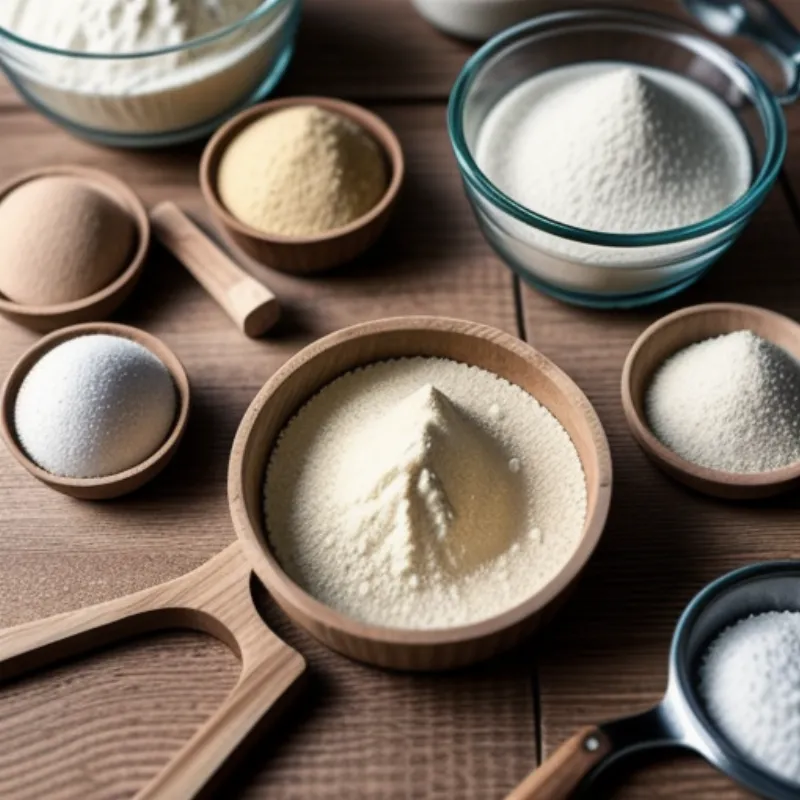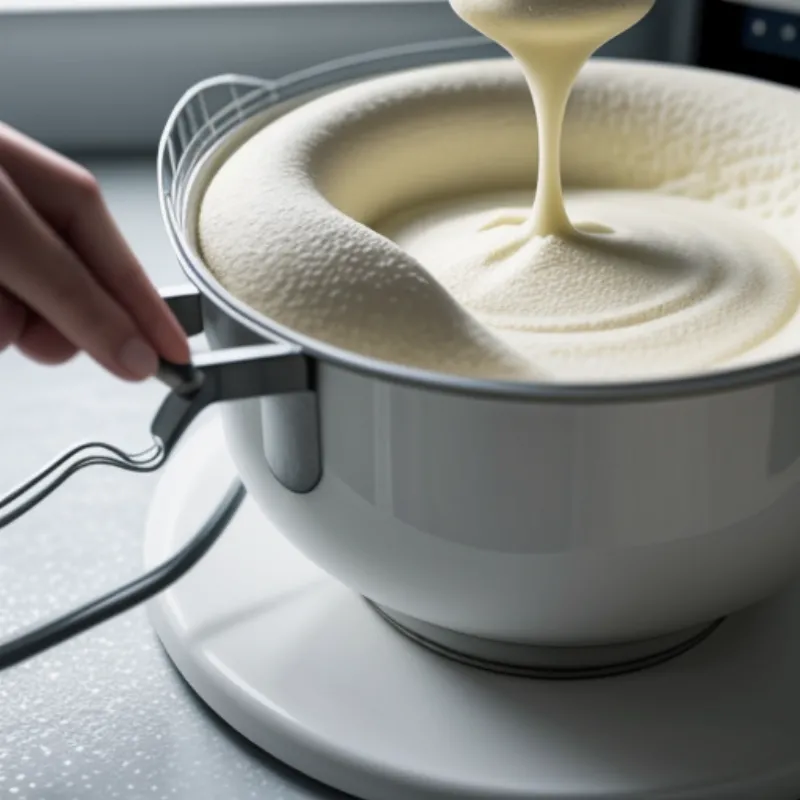There’s nothing quite like biting into a slice of moist, tender cake. It’s the kind of dessert that can turn an ordinary day into a celebration. But achieving that perfect texture can often feel like a baking mystery. Too often, cakes turn out dry, crumbly, and disappointing.
But fear not, fellow bakers! Achieving moist cake nirvana is within your reach. Here we’ll unlock the secrets to baking moist cakes every time, transforming you from a baking novice to a cake-making maestro! We’ll cover essential ingredients, expert techniques, and answer all your burning questions.
Unlocking the Secrets to Moist Cakes: Ingredients and Techniques
Let’s dive into the essential ingredients and techniques that guarantee a moist and delicious cake every time:
1. Ingredients: The Building Blocks of a Moist Cake
Flour:
- Type: Opt for cake flour, which has a lower protein content than all-purpose flour, resulting in a more tender crumb. If using all-purpose flour, substitute a portion (about 2 tablespoons per cup) with cornstarch for a lighter texture.
- Measurement: Don’t overpack your measuring cup. Spoon the flour lightly into the cup and level it off with a straight edge.
Sugar:
- Role: Sugar not only adds sweetness but also helps retain moisture.
- Types: Granulated sugar is standard, but experimenting with brown sugar, honey, or maple syrup can add unique flavors and moisture.
Eggs:
- Importance: Eggs provide structure, richness, and moisture.
- Tip: Use room-temperature eggs for better incorporation into the batter.
Fats:
- Key to Moisture: Fats like butter, oil, or shortening inhibit gluten development, resulting in a softer, more tender crumb.
- Choosing Your Fat: Butter contributes flavor, oil creates a moist texture, and shortening produces a lighter cake.
Liquids:
- Essential Role: Liquids like milk, buttermilk, or yogurt add moisture and help activate the gluten in flour.
- Buttermilk Power: Buttermilk, in particular, adds a wonderful tanginess and tenderness to cakes.
Leavening Agents:
- Creating Air Bubbles: Baking powder and baking soda are essential for creating air bubbles in the batter, which make the cake light and airy.
- Freshness Matters: Make sure your leavening agents are fresh for optimal results.
 Moist Cake Ingredients
Moist Cake Ingredients
2. Mastering the Techniques for a Moist Cake
Don’t Overmix:
- Gluten Formation: Overmixing develops gluten, leading to a tough, chewy cake.
- The Right Way to Mix: Mix the batter just until the ingredients are combined.
Baking Temperature and Time:
- Importance of Accuracy: Baking at the correct temperature and for the right amount of time is crucial for even cooking and preventing dryness.
- Using a Thermometer: Invest in an oven thermometer to ensure your oven is properly calibrated.
Don’t Overbake:
- Checking for Doneness: Insert a toothpick into the center of the cake. If it comes out clean or with a few moist crumbs attached, it’s done.
- Cooling Time: Allow the cake to cool in the pan for a few minutes before inverting it onto a wire rack to cool completely.
Syrups and Soaks:
- Adding Extra Moisture: Brush a simple syrup or a flavorful soak over the cake layers after baking to add extra moisture and flavor.
Frosting as a Moisture Barrier:
- Sealing in Goodness: Frosting the cake helps to seal in moisture and prevents it from drying out.
 Mixing Cake Batter
Mixing Cake Batter
FAQs: Answering Your Questions About Moist Cakes
Q: Can I substitute oil for butter in a cake recipe?
A: Yes, you can often substitute oil for butter in a 1:1 ratio. However, keep in mind that the flavor and texture of the cake will be slightly different. Oil tends to produce a more moist and tender cake, while butter adds more flavor.
Q: How can I tell if my cake is done without a toothpick?
A: You can tell if your cake is done by gently pressing the center of the cake with your finger. If it springs back, it’s done. You can also look for the edges of the cake to pull away slightly from the sides of the pan.
Q: What’s the best way to store a cake to keep it moist?
A: Once the cake is completely cool, wrap it tightly in plastic wrap and store it at room temperature for 2-3 days. For longer storage, freeze the cake for up to 2 months.
Bringing Your Baking A-Game: Tips from Expert Baker, [Expert Baker Name]
[Expert Baker Name], a renowned pastry chef known for their delectable creations, shares their top tip for moist cakes: “Always use high-quality ingredients, and don’t be afraid to experiment with different flavors and textures. Baking is all about having fun and enjoying the process!”
Conclusion
Baking a moist cake doesn’t have to be a baking mystery. By understanding the roles of different ingredients, mastering essential techniques, and following our expert tips, you’ll be well on your way to creating bakery-worthy cakes that will impress your friends and family. So preheat your oven, gather your ingredients, and let’s get baking!
Ready to explore more delicious cake recipes? Check out our step-by-step guide on how to make a classic Sour Cream Pound Cake. You might also enjoy the unique flavors of our Sweet Potato Cake or the rustic charm of a homemade Cornmeal Cake. Happy baking!
